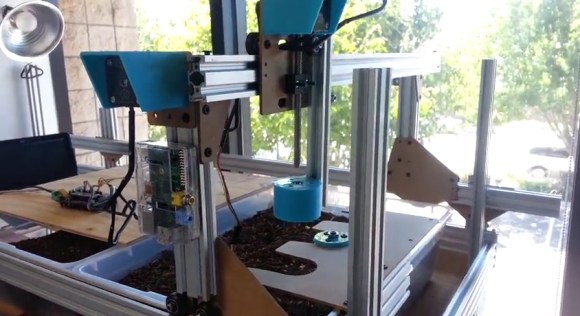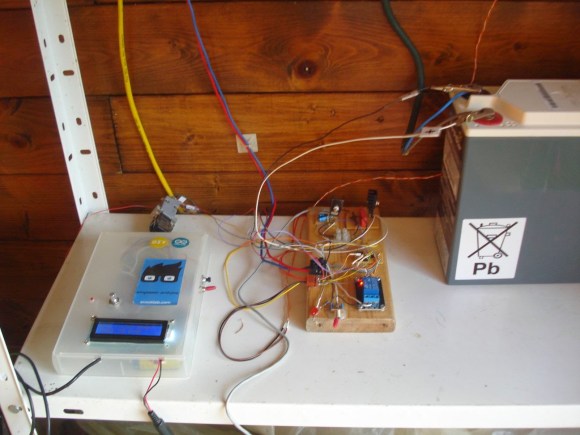'Horizon Forbidden West' players can make Sony plant trees
The next PlayStation trophy you earn could provide more than just bragging rights. Sony has launched a "Play and Plant" program that will plant a tree when you earn a trophy in Horizon Forbidden West. Complete "Reached the Daunt" by March 25th and Sony will team with the Arbor Day Foundation to plant a tree as part of reforestation efforts in California, Florida and Wisconsin. You can save the real Earth while you save the virtual one, to put it another way.
The project won't please every environmentalist. Sony and the Arbor Day Foundation will halt donations when they reach the estimated 288,000 trees needed to complete the reforestation efforts. Given that Horizon Forbidden West is Sony's tentpole game for early 2022, the company could hit that milestone very quickly. Wouldn't it be kinder to the planet (and latecomers) to plant as many trees as possible?
Still, the plant-a-tree program represents a unique tie-in, and an experiment in pairing in-game achievements with real-world outcomes. You now have a material incentive to make progress. We wouldn't expect initiatives like this to become commonplace, but it's easy to see more of them in the future — if just to keep people engrossed in a game beyond its first few hours.




 The project featured in this post is
The project featured in this post is 


